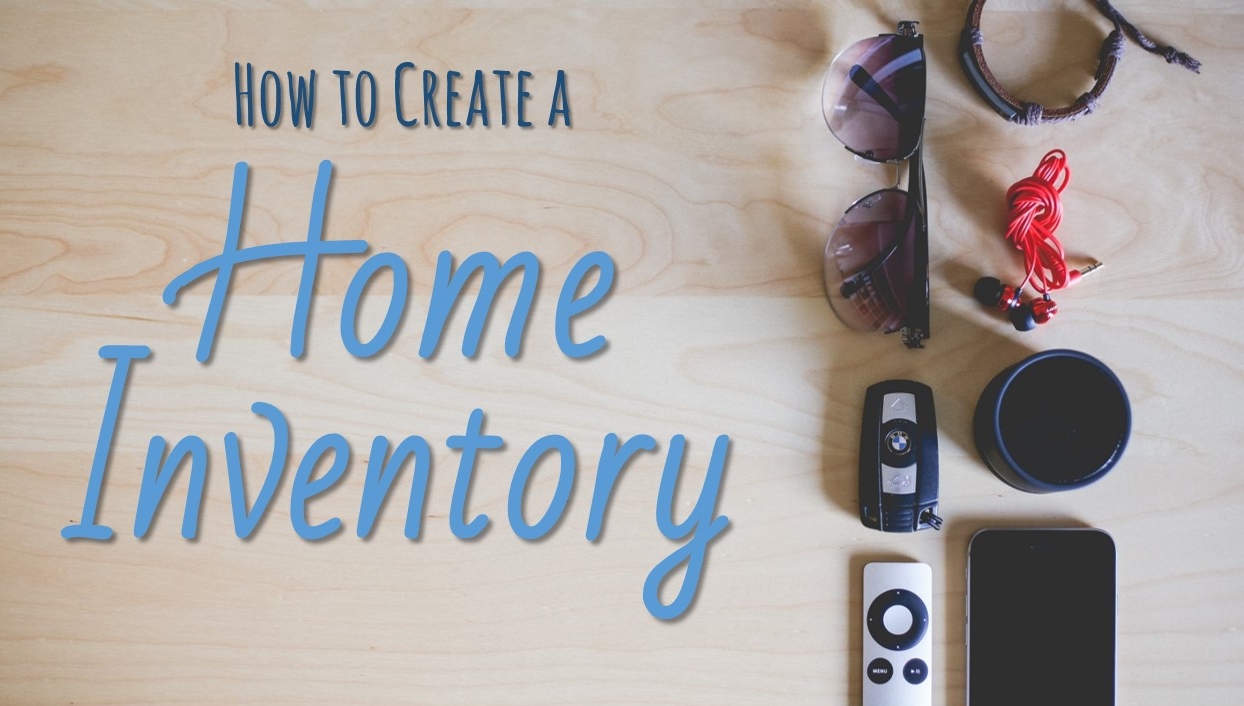
Let’s try a little exercise: List everything you own. From memory (don’t peek!).
Didn’t think so.
The fact is, most people own more things than they realize. It’s easy to remember the cars, the computer, the TV. But what about that holiday china in the garage? Or every pair of shoes?
For insurance purposes, all of this “stuff” is considered personal property, whether big or small. And if your home is destroyed by fire or some other disaster, having a list of your possessions takes a lot of the stress out of filing a claim — and helps you put your life back together more quickly and easily.
Why should I complete a home inventory? What’s the best way?
Every home insurance policy has a “contents” limit listed. This is how much coverage you have for your personal property. Comparing the value of your belongings to this limit helps you make sure you have enough insurance to replace them if they are lost, stolen or destroyed as a result of a covered loss. In the past, inventories were usually just long lists of items. But these days, the easiest way to take an inventory is to simply whip out your cell phone or video camera and take a visual tour or your home and belongings. Just walk through your house, recording and describing items as you film them. Or, you can use a regular camera and create a home inventory checklist.
Here are a few tips for completing and storing your inventory:
- Add brand names and descriptions where you can, especially on large-ticket items. Serial numbers are helpful to note as well.
- Keep any receipts you have with the list to make the claims process easier. You could also keep digital copies by snapping a quick photo of receipts.
- Store your video or photo inventory offsite so you won’t lose it if your house is damaged. If you’re creating a digital inventory instead of physical copy, consider storing it on a cloud service so it’s not attached to any particular device that could be damaged.
- Update your personal property records when you purchase new furnishings and valuables. Your home inventory may be a constantly changing document, depending on how often you purchase new items and replace old ones. Make sure it never gets too out of date and is not missing any recent large purchases.
Though the task may seem daunting, it’s important to try. Even an incomplete inventory is better than nothing at all. And with technology, the process isn’t nearly as time consuming as it used to be!
How much insurance do I need?
That’s what your independent agent is here for! We can assist you in analyzing your insurance needs and help you decide how to most effectively protect your personal property.
You should consider full-value coverage, which will pay for the replacement value of your personal belongings. A standard policy typically covers personal property only up to its actual cash value, determined by taking the replacement cost and deducting depreciation, which can be substantial. (For example, a 5-year-old TV is usually worth much less than what it would cost to purchase a new one.)
Finally, remember your homeowners policy covers valuable items such as jewelry, furs, art and antiques, only up to set dollar amounts. If the cost of replacing them exceeds these limits, you may want to purchase scheduled personal property coverage.
You can also take advantage of the home inventory feature on our mobile app.
We hope you’ll never need the home inventory, but preparing for the worst can prevent a lot of hassle later! Call us at (616) 897-1515 if you would like help evaluating your coverage needs, or have questions about what your policy covers. We’re here for you!
Don’t miss out on helpful tips and articles like this – join our newsletter today!



























